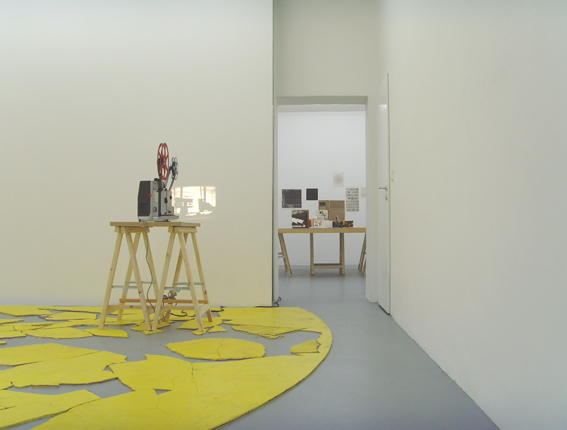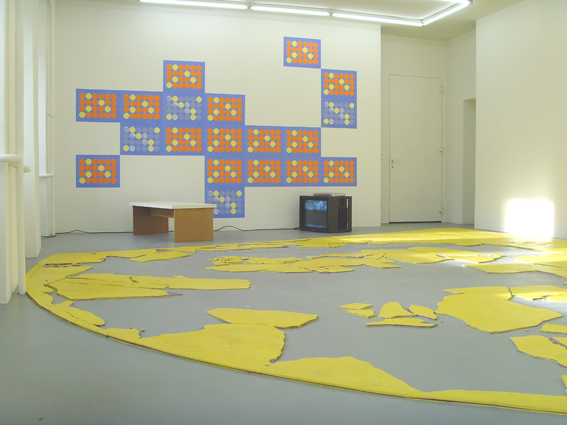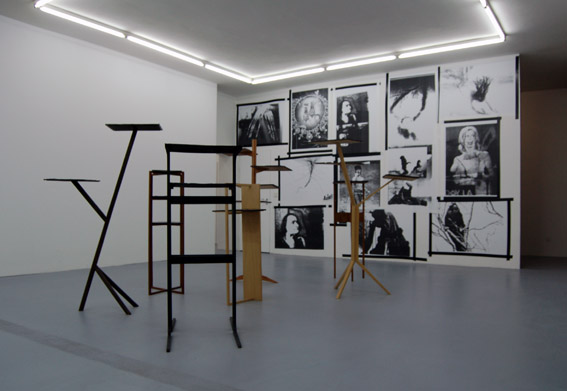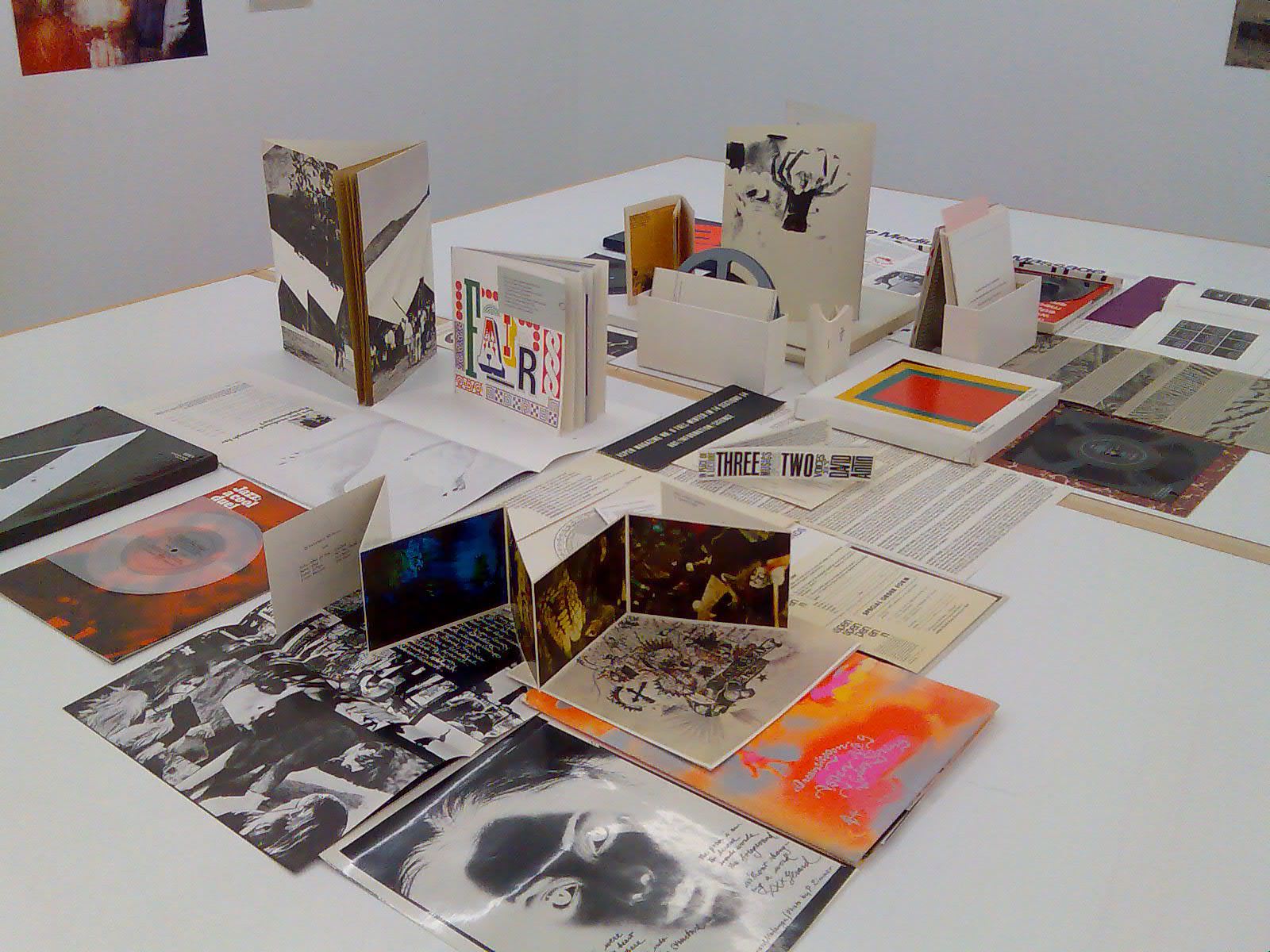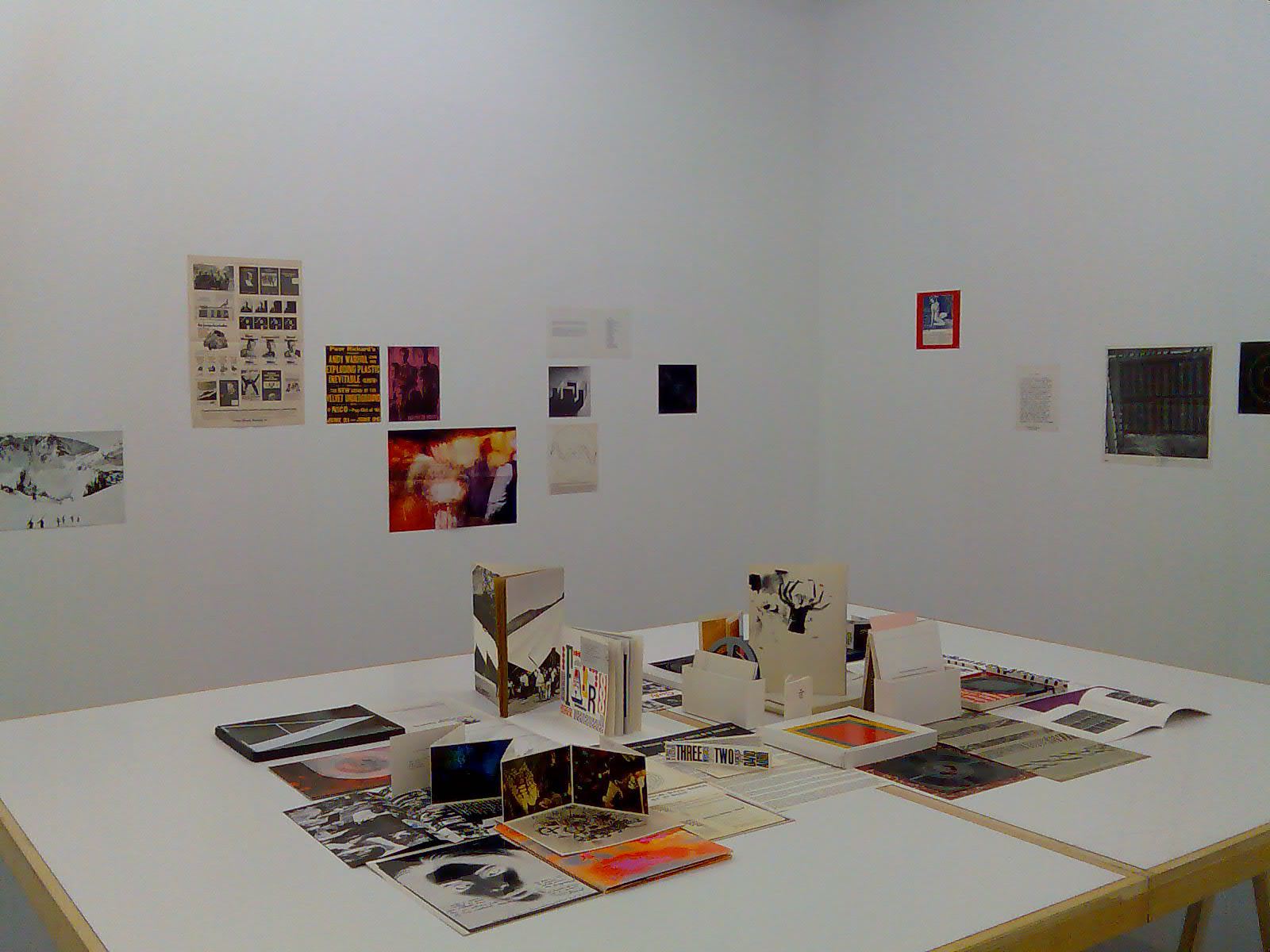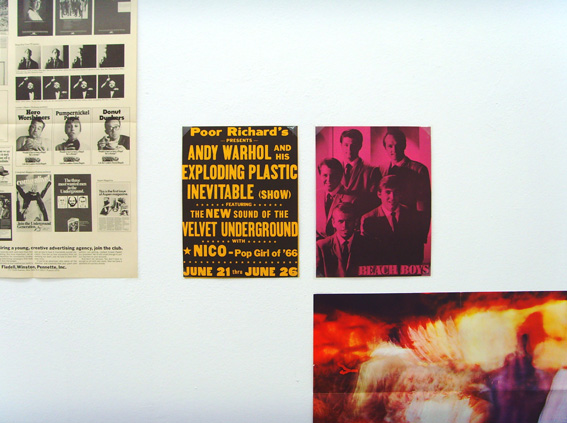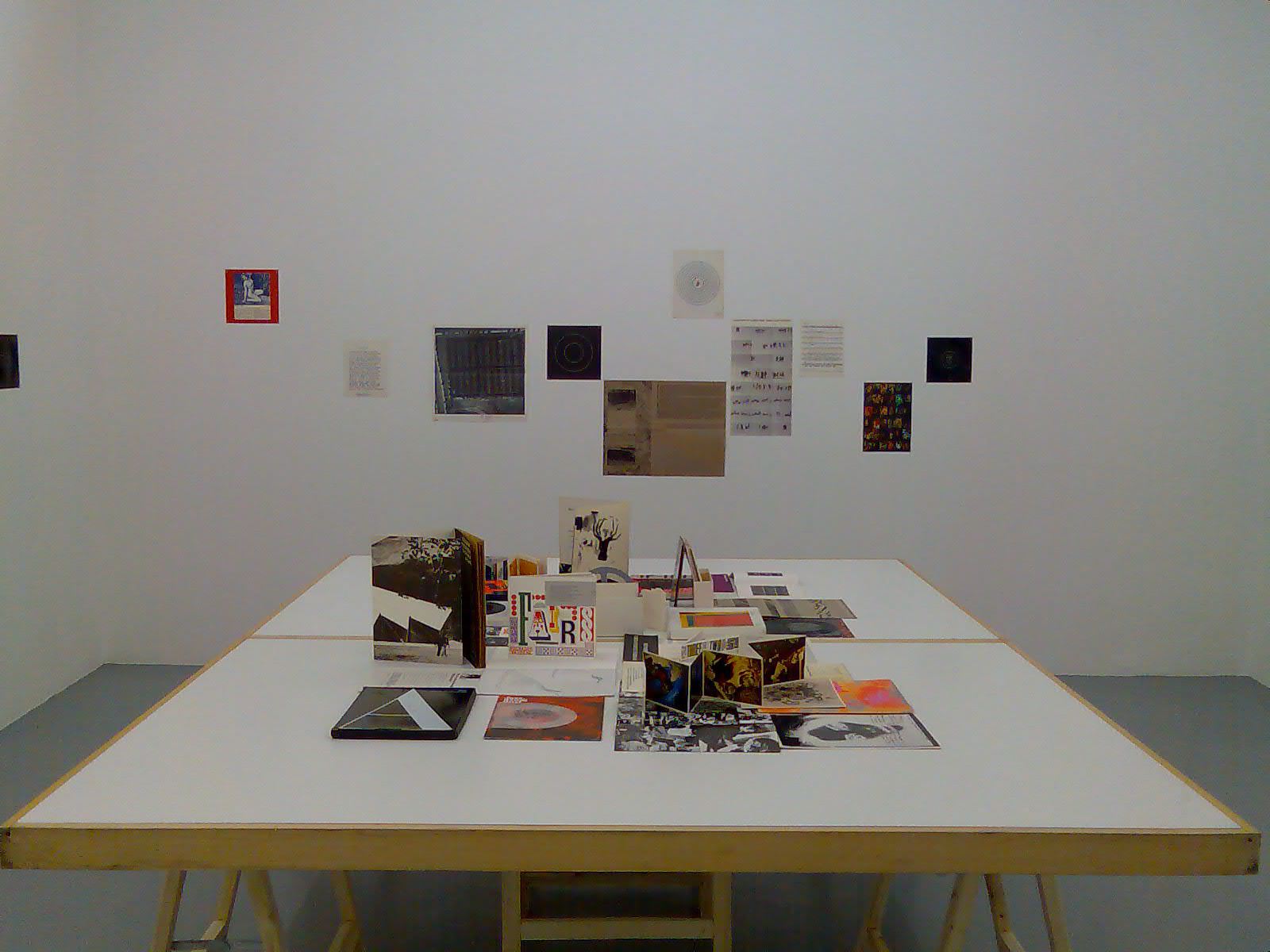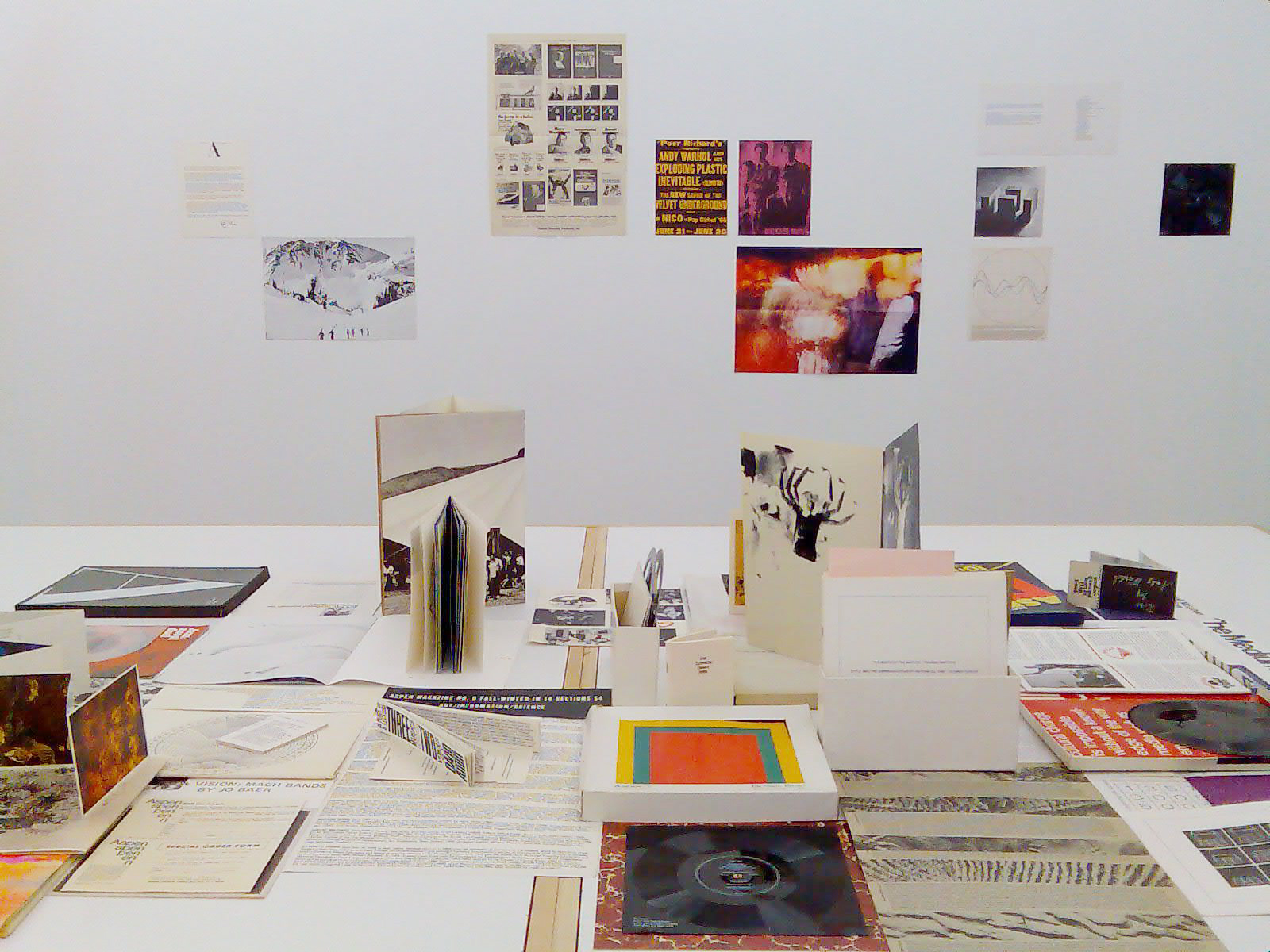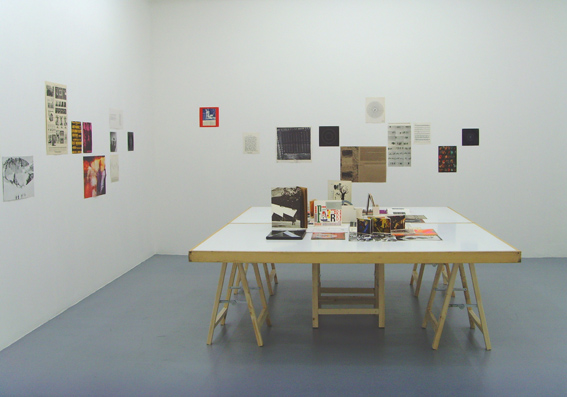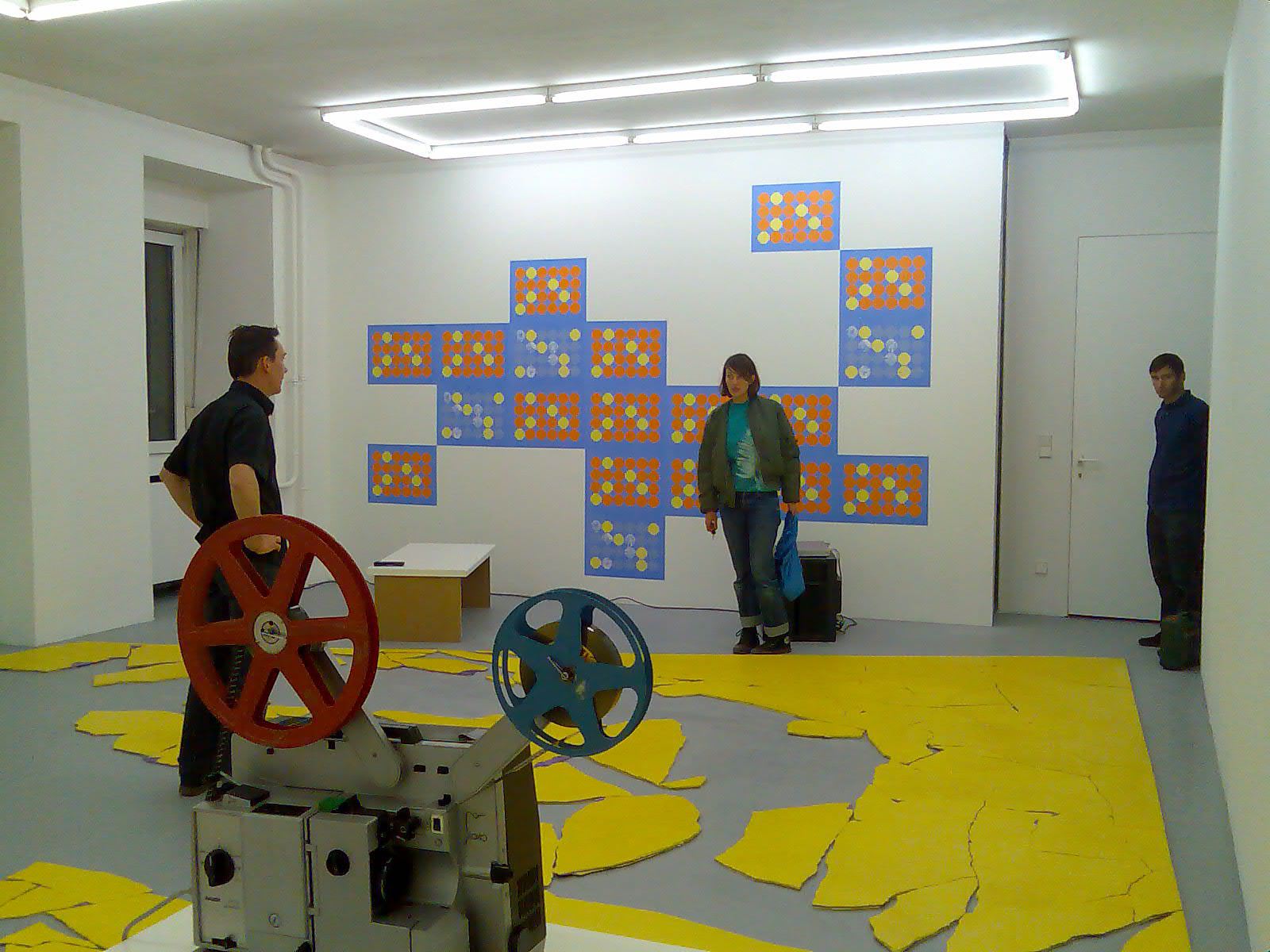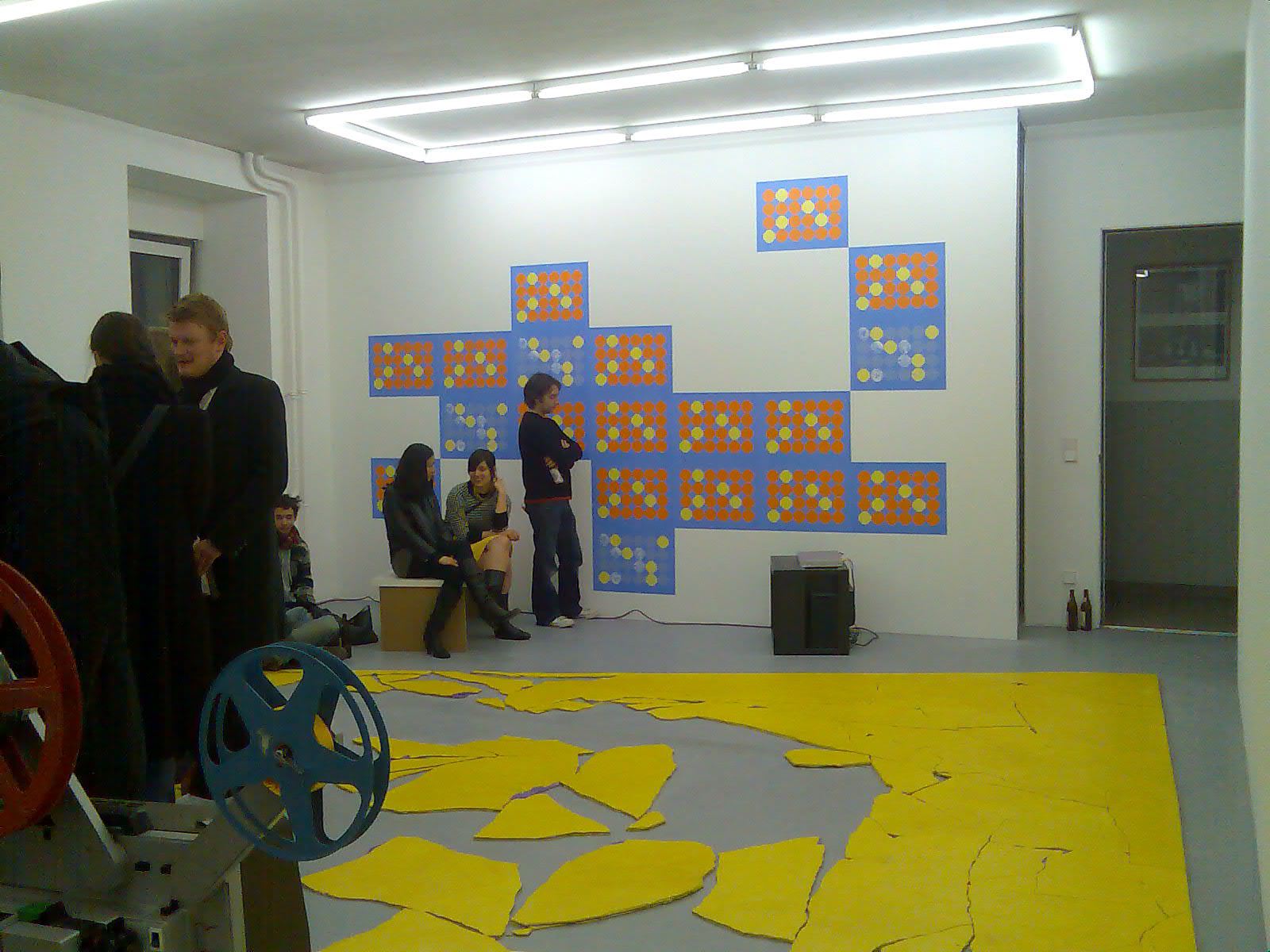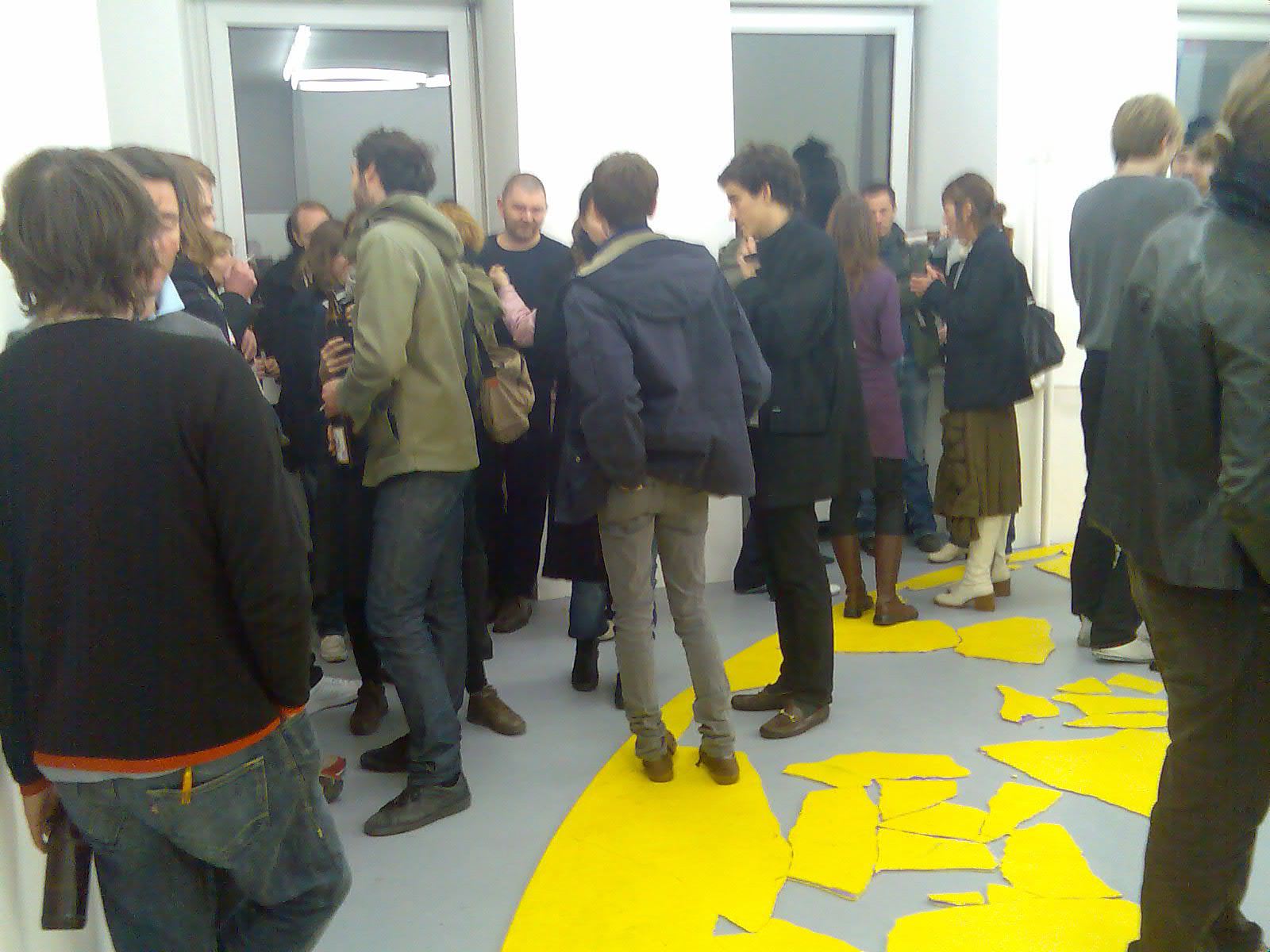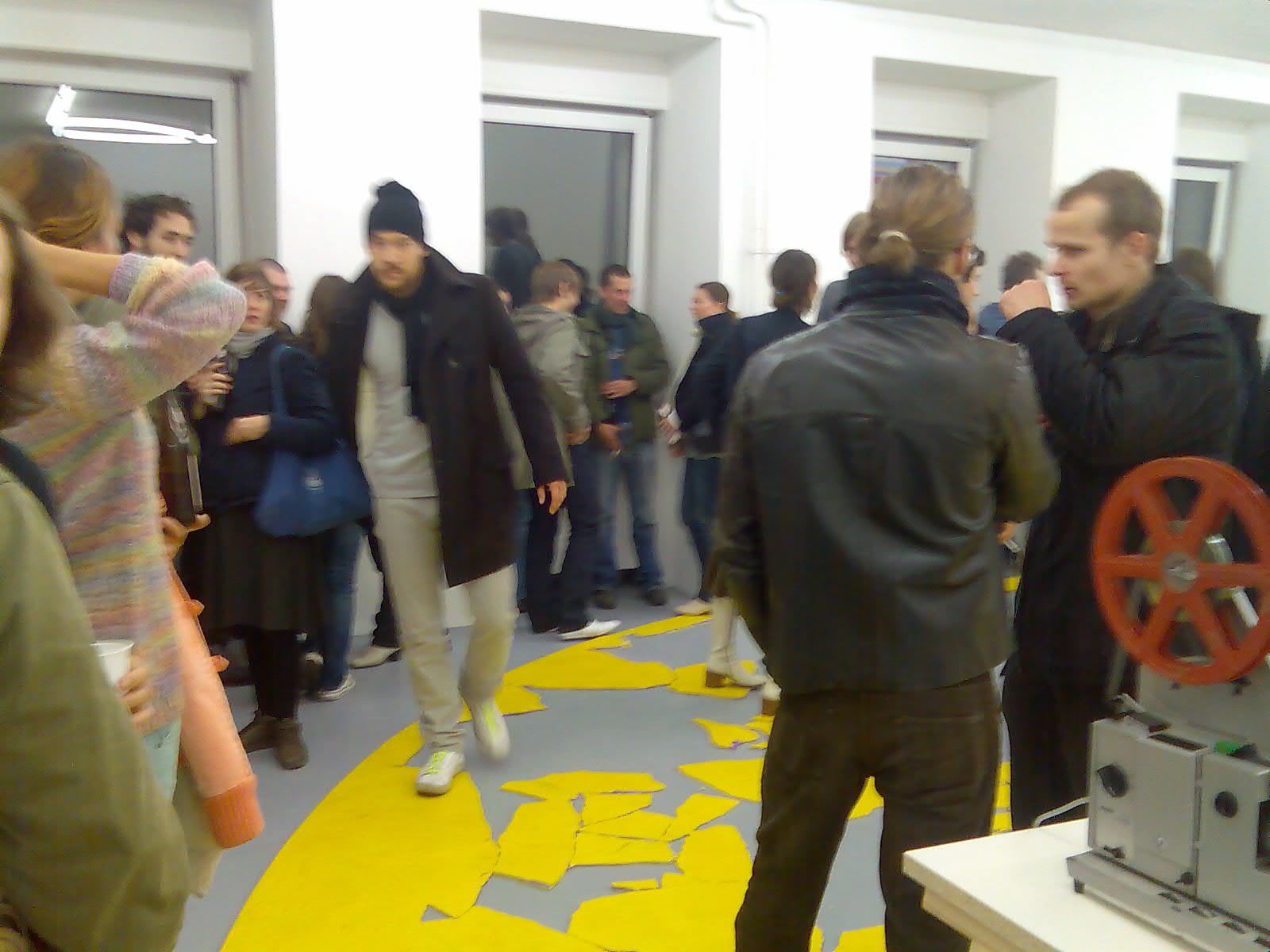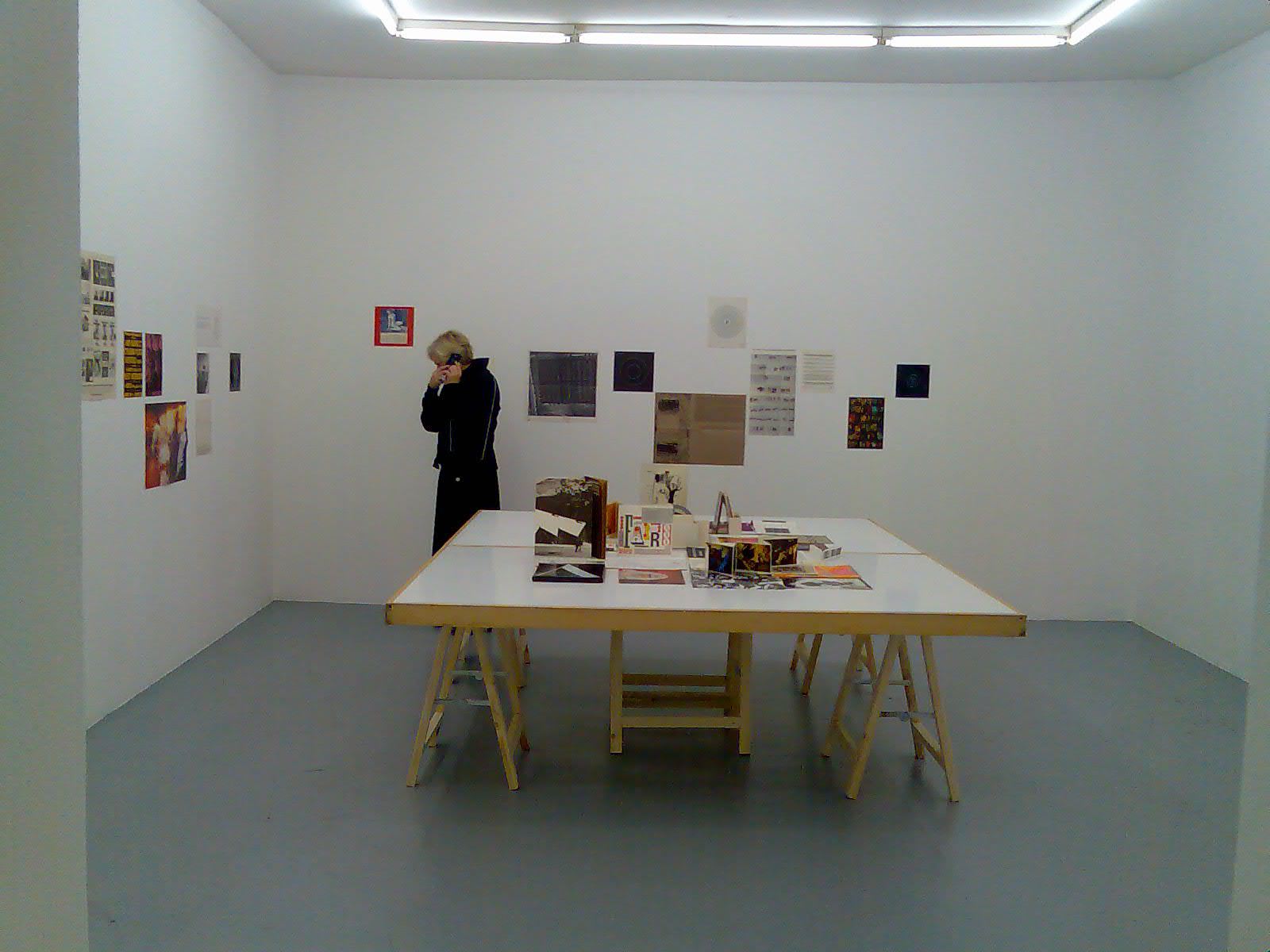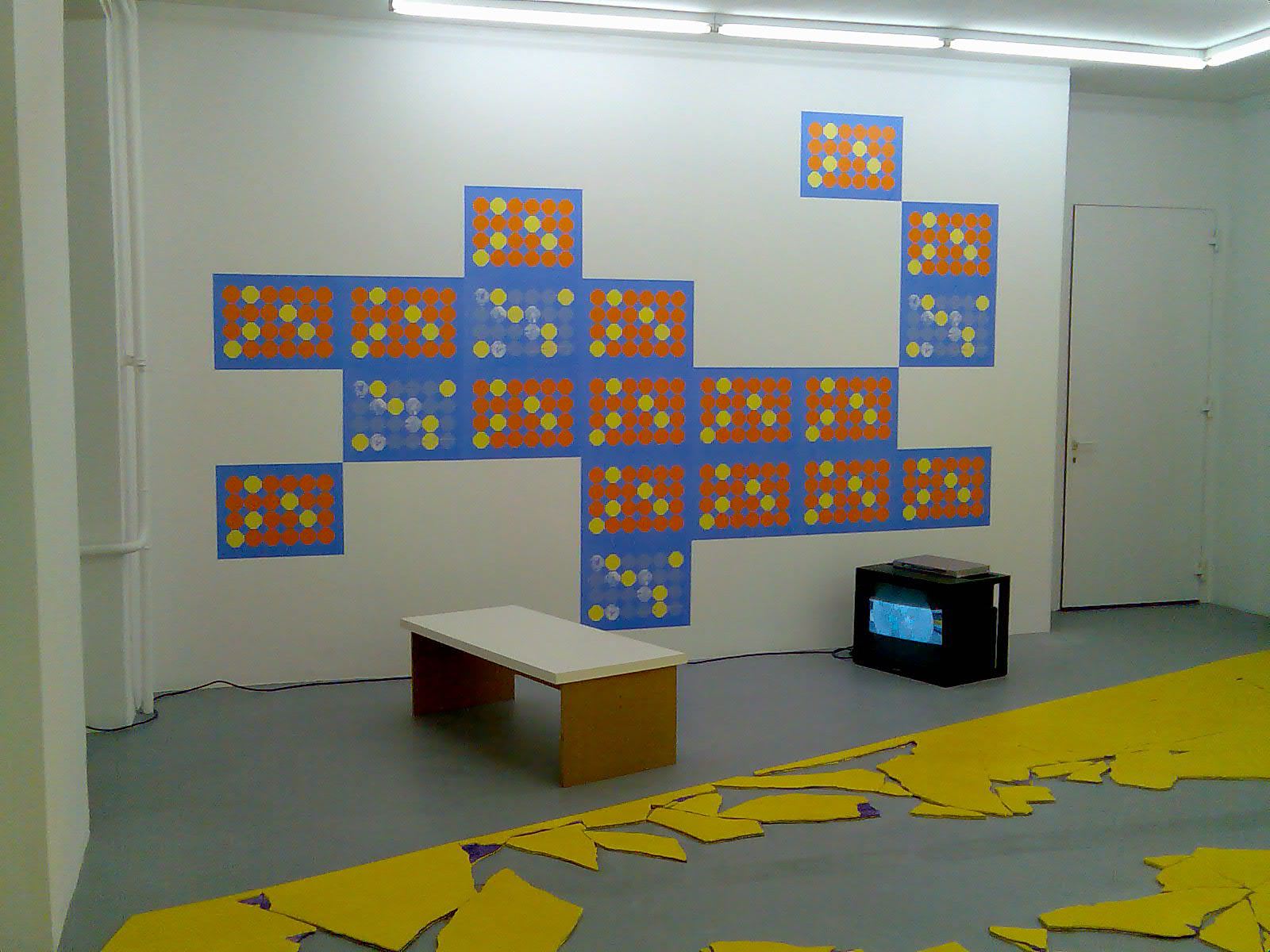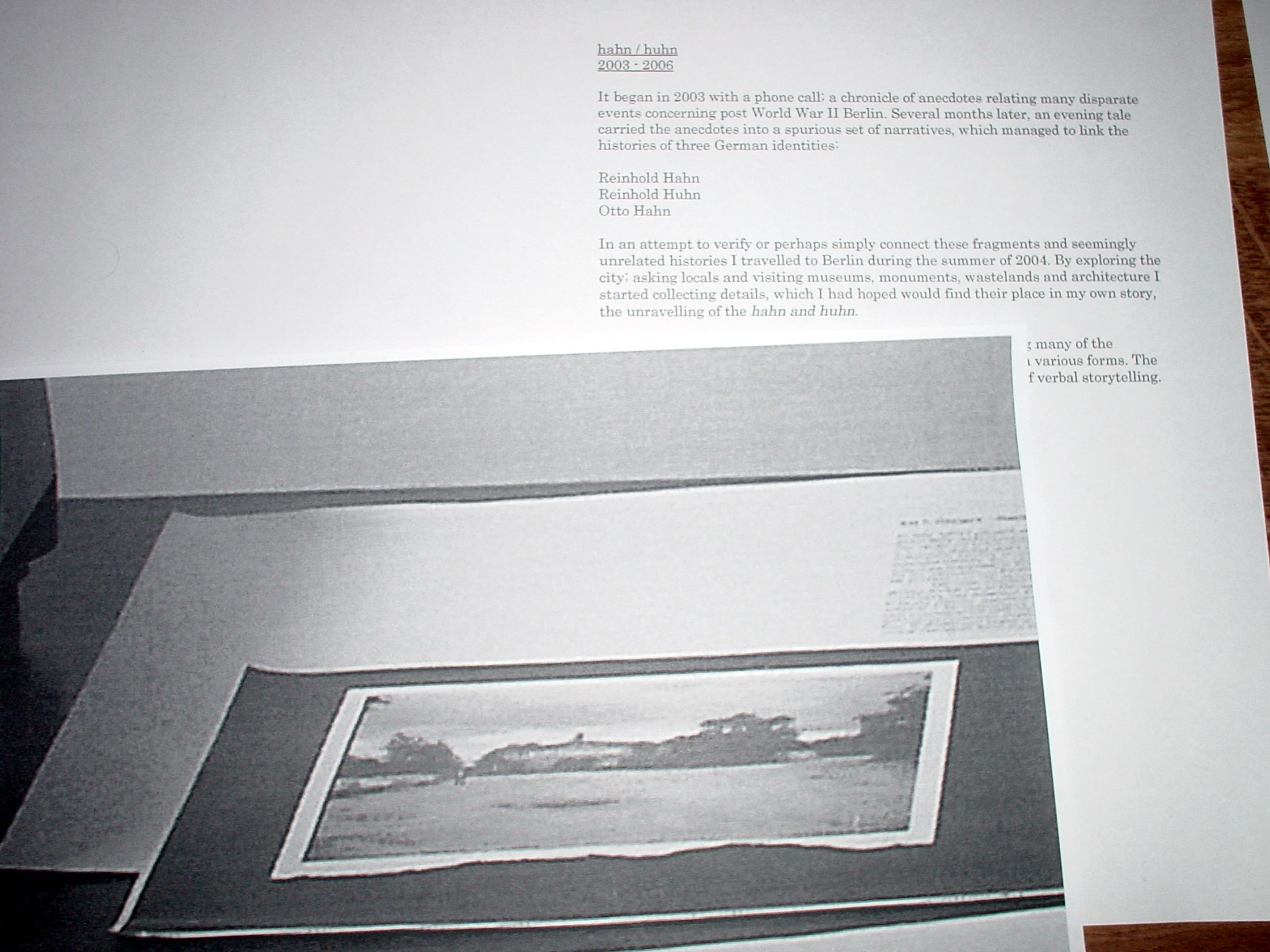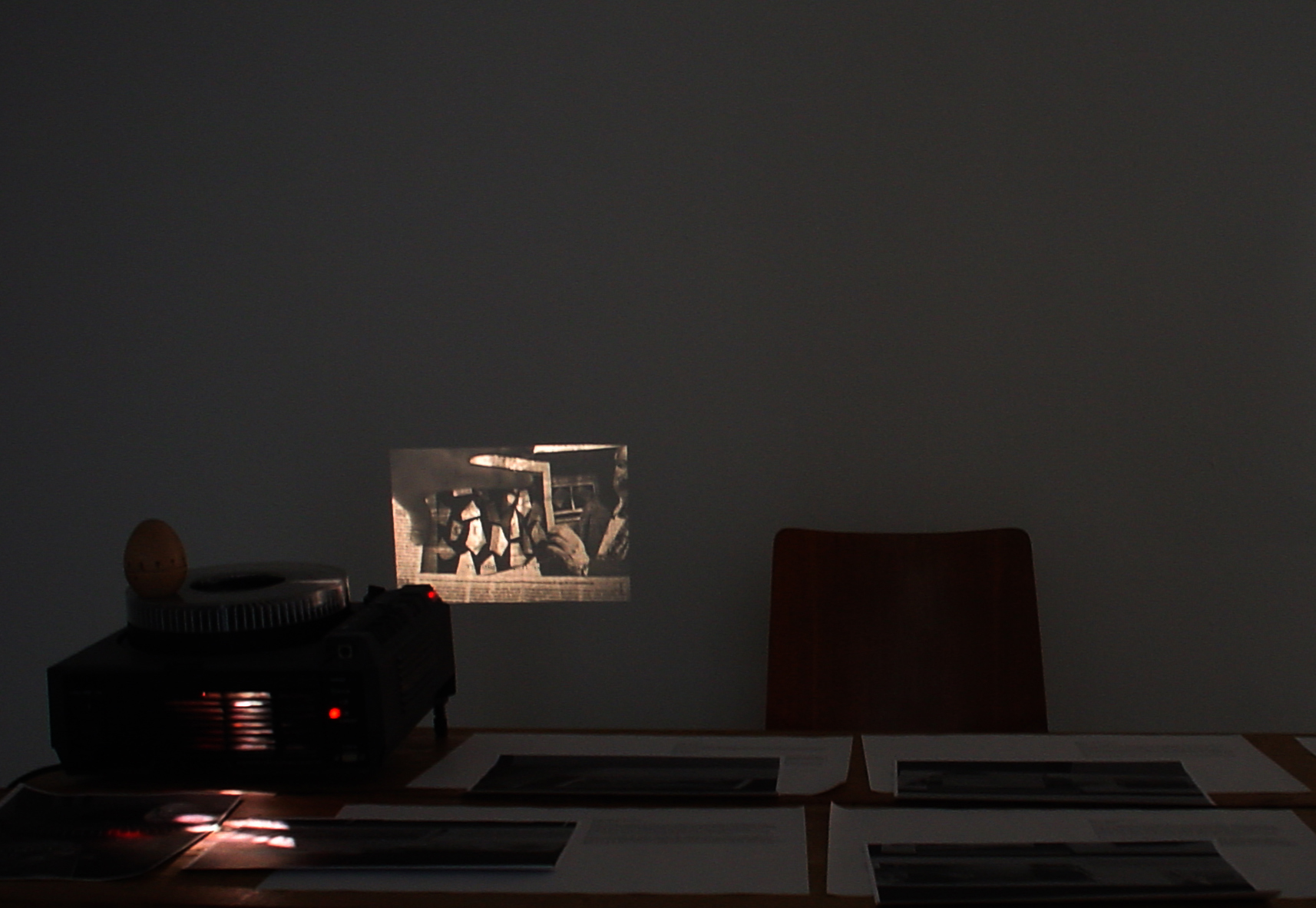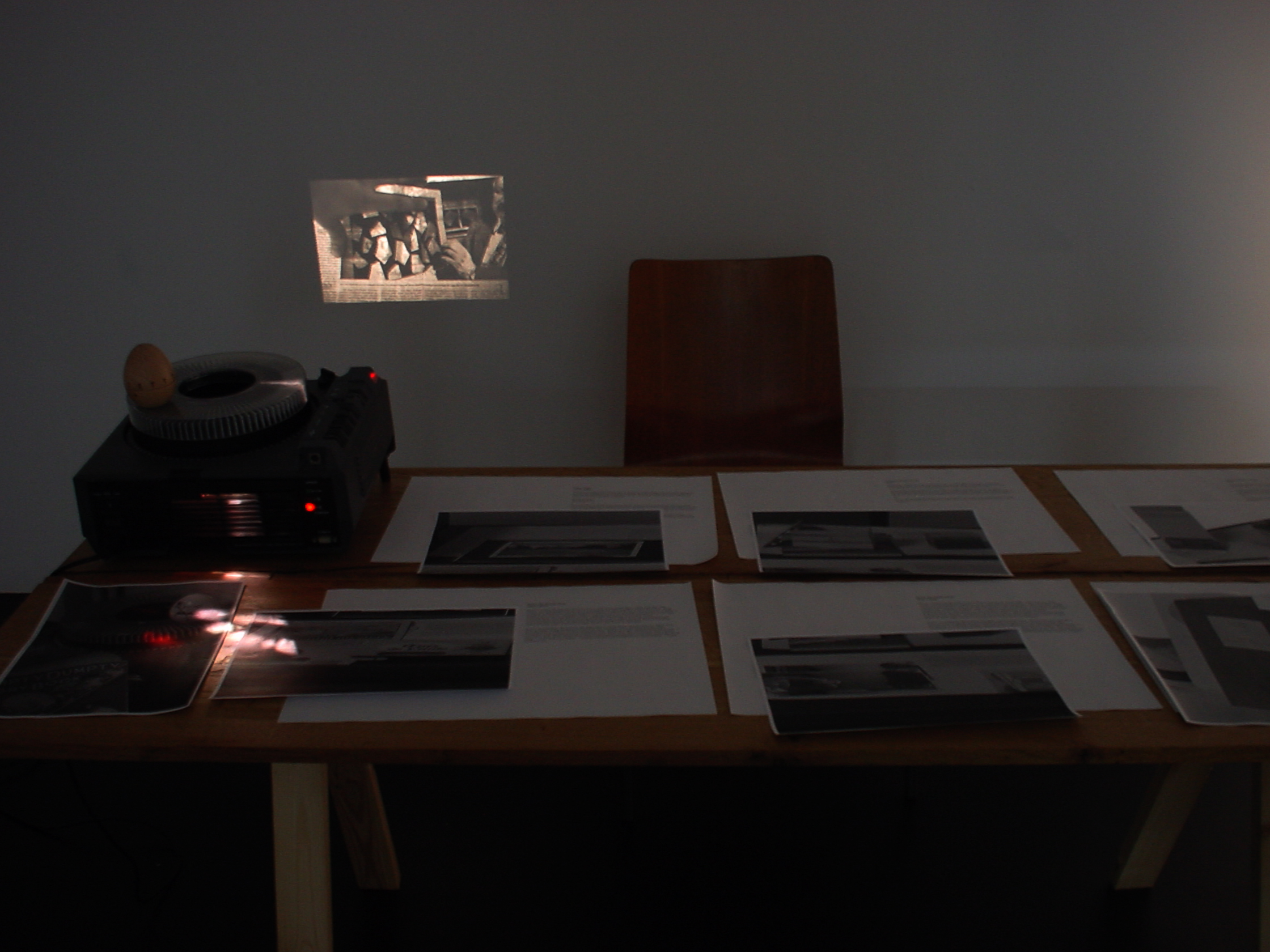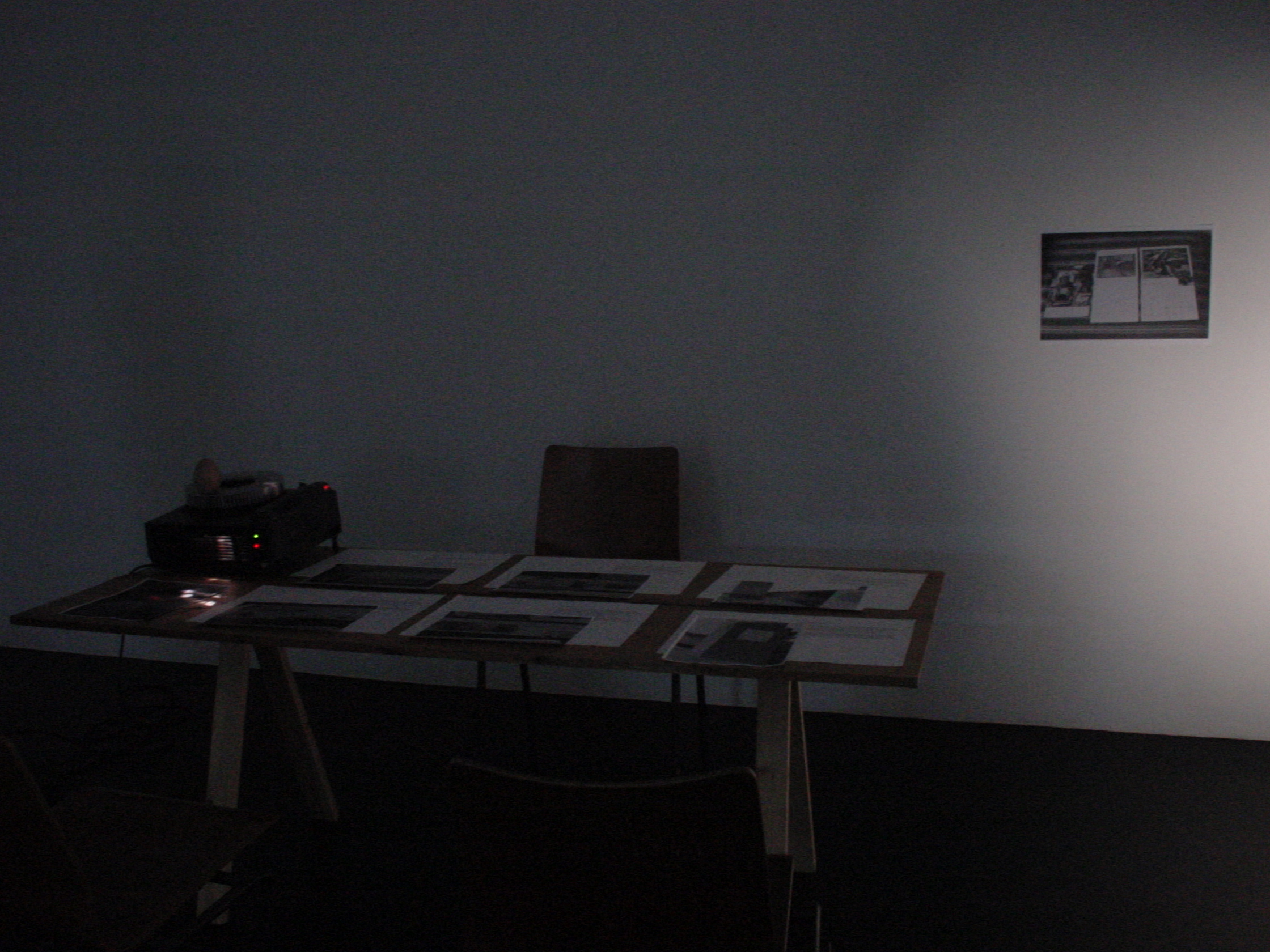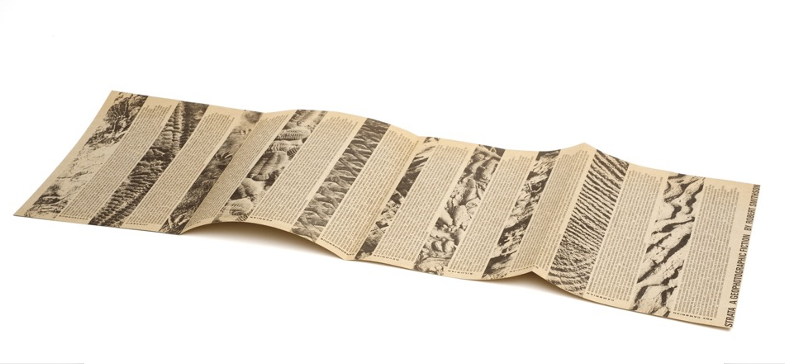
Aspen 11
ASPEN 11 (Chapter 3)
10th MARCH - 7th APRIL, 2007
ASPEN 11 (Chapter 2)
3rd FEBRUARY - 3th MARCH, 2007
ASPEN 11 (Chapter 1)
16th DECEMBER, 2006 - 27th JANUARY, 2007
Tilo Schulz
Remake of "Restless Ball" by COOP HIMMELB(L)AU, 1971 (2002)
Neue Alte Brücke is pleased to announce its inaugural exhibition Aspen 11. This three-part exhibition brings together issues 1 to 10 of the seminal arts publication Aspen Magazine alongside contributions from four contemporary artists. The exhibition will include the complete set of Aspen Magazine including posters, postcards, literature, super-8 films, video, graphic design, photography, philosophical texts, phonographic recordings, sculpture and documentary footage.
Aspen Magazine, edited by Phyllis Johnson, ran for 10 issues, between 1965 and 1971. Johnson’s vision of Aspen was very simple; its content should be open and unrestricted and this would be achieved through its presentation in an unbound format housed within a box. In a letter accompanying the first issue Johnson states that “since it comes in a box, our magazine need not be restricted to a bunch of pages stapled together… we can put in all sorts of objects and things to illustrate our articles. And each article can be designed as a separate booklet with the size, format and paper dictated by the article itself”.
Each issue bore the hallmarks of its time. Amongst the issues there are diverse approaches and contributors. Andy Warhol produced a pop issue devoted to New York and its counter-cultural scene complete with Velvet Underground recordings. There were double issues that examined conceptual art, minimalism with Sol Lewitt, Robert Smithson, Alan Kaprow; critical theory through Roland Barthes and Marshall McLuhan and a Fluxus issue edited by Dan Graham. Other contributions were drawn from literature and the psychedelic movement, alongside articles on leisure, skiing and wildlife. Films, from Hans Richter, Robert Morris and Laszlo Moholy alongside audio readings and pressed vinyl editions of William Burroughs, Marcel Duchamp, Samuel Beckett and music from Terry Riley distributed in boxed issues.
Aspen 11 examines the proposition that if Aspen were to appear now, in 2006/7 in exhibition format what would it include? The exhibition will reflect the unresolved legacies of the magazine and its structure opening up this terrain for re-examination through the filter of the present.
Carmen Gheorghe re-presents a shattered jesmonite floor that echoes Ellsworth Kelly’s Yellow Curve Portikus (1990). Kelly’s original spatial installation, a yellow form placed on the floor, created a picture-object with a clearly-contoured inside and outside closure, aimed at the perceptual unity of form, floor-surface, and space. Gerorghe collapses this precedent into fragments.
Mario Garcia Tores’ Some Places I Had Seen Before Moving To L.A (2005) forges a fiction based on real facts relayed as a super 8 film. Location scouting across Los Angeles Tores searches for and conflates the respective sites for conceptual art and Hollywood films. Some of the places featured are the Golden Voice Recordings house previously used as A. Ruppersberg's Al's Grand Hotel; a corner where Douglas Huebler made a location piece, where Robert Barry released a gas. Ed Ruscha and the Karate Kid apartments are shown side by side.
Tilo Schulz also takes to the streets in his restaging of Restless Ball (1971) project by the Viennese architect Coop Himme(l)bau. Two men are filmed walking through the city while inside a transparent inflated balloon. The resultant video reappraises the utopian formulation of the initial proposition within the frame of the urban present.
MARISA ARGENTATO & PASQUALE PENNACCHIO//
MARTIN FLEMMING//
LASSE SCHMIDT HANSEN//
KATHARINA SCHÜCKE//
TRIS VONNA-MICHELL//
ERIK BLINDERMAN//
CLUNIE REID//
FLORIAN ROITHMAYR//
SUSANNE WINTERLING//
CARMEN GHEORGHE//
TILO SCHULZ//
MARIO GARCIA TORRES//





